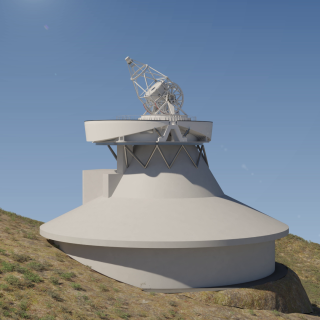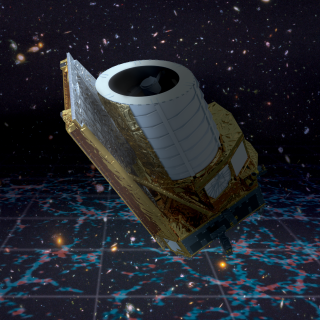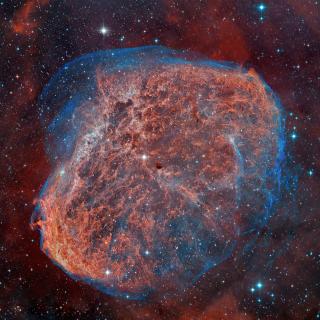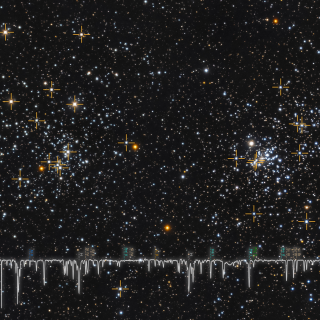
The first test images from its two instruments show its potential for achieving its scientific goals. These images will be used to check the instruments and to see how Euclid can be adjusted and fine tuned for best performance. The European Space Agency (ESA)’s Euclid mission, in which the Instituto de Astrofísica de Canarias (IAC) is participating, will produce the biggest and most accurate 3D map of the universe. Euclid’s two instruments VIS (VISible instrument) and NISP (Near Infrared Spectrometer and Photometer) have taken their first test images. The results indicated that this space




